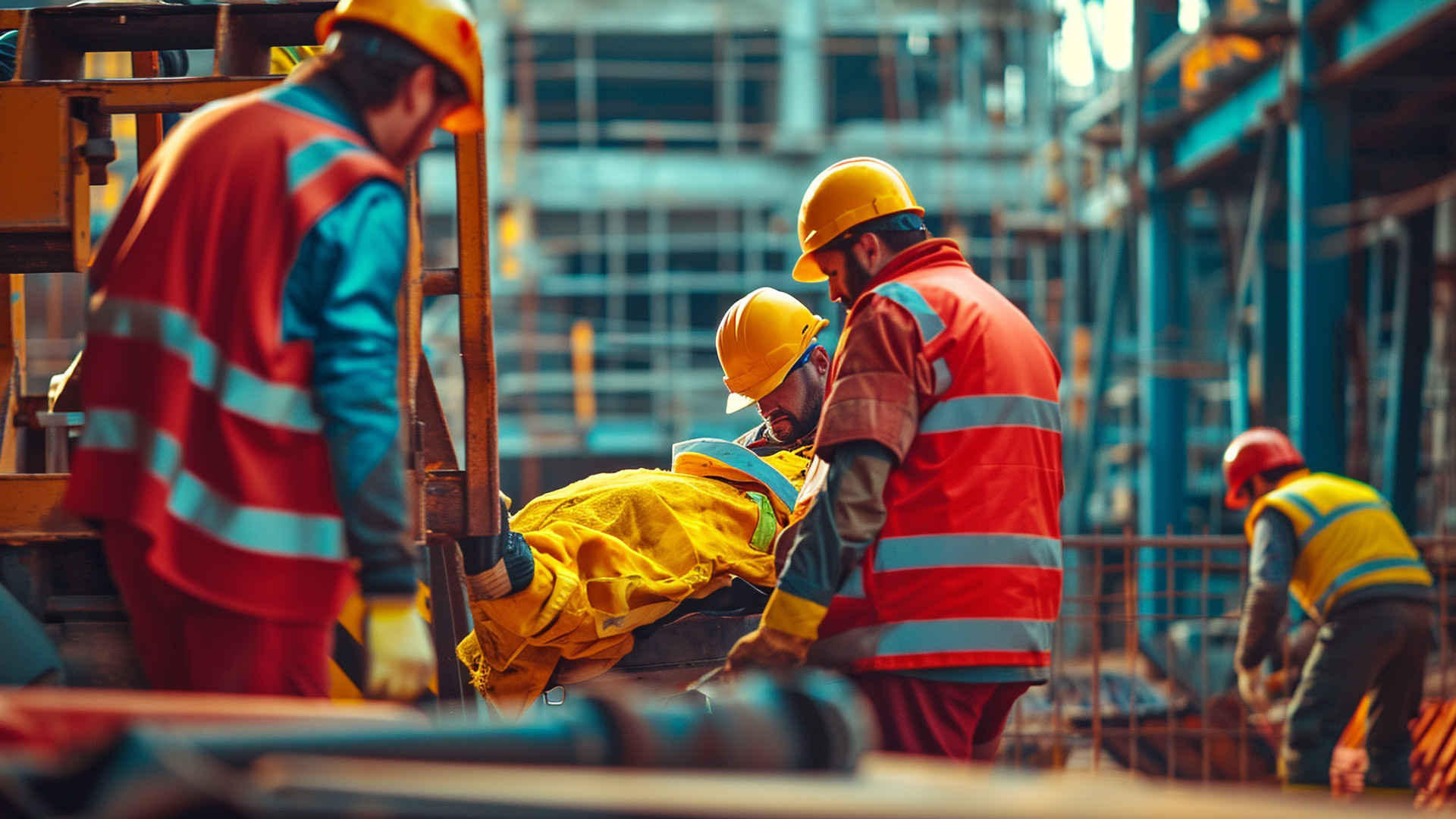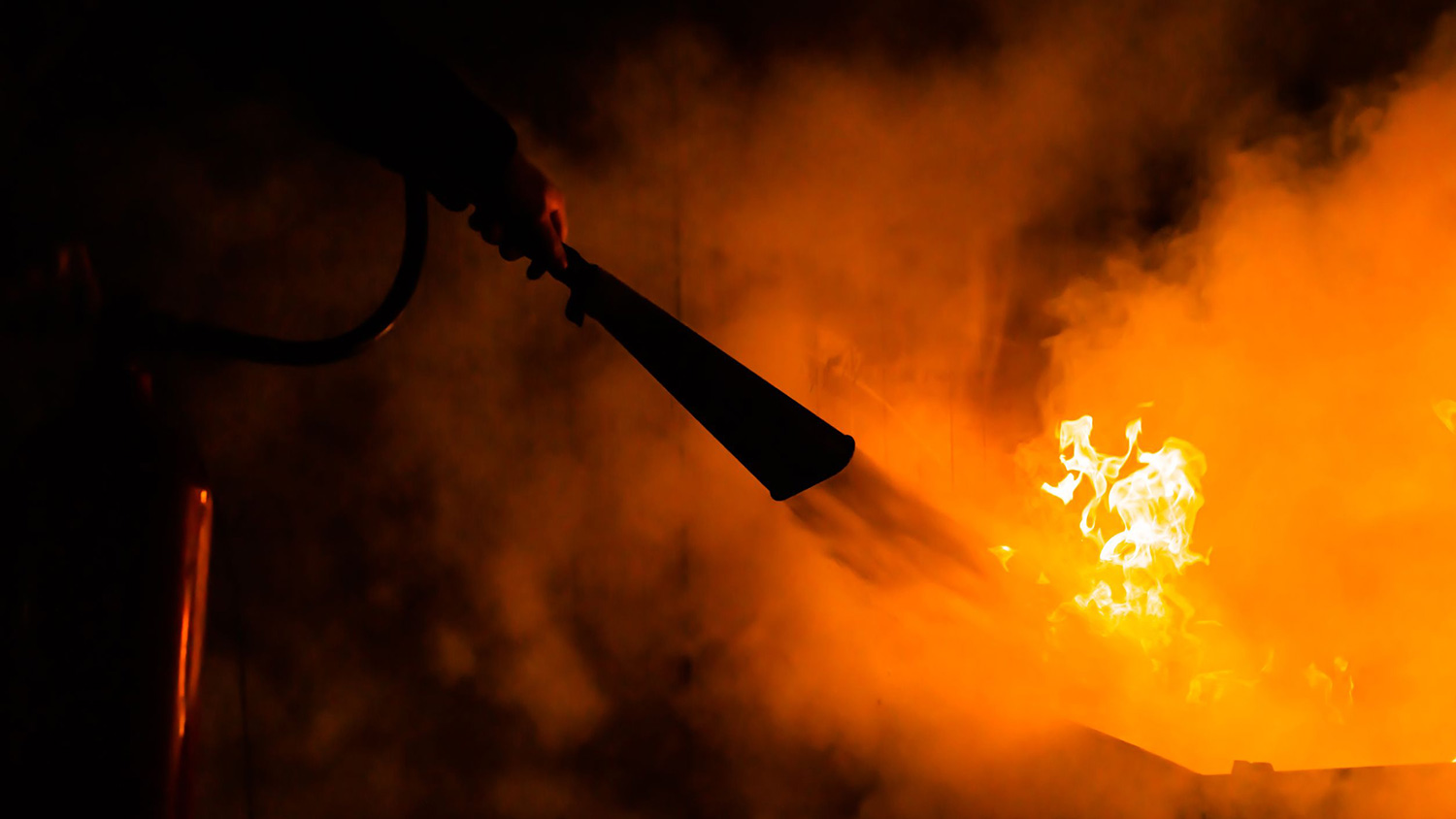What will the PPE Regulations look like after April 2022?
On 6 April 2022 the Personal Protective Equipment at Work (Amendment) Regulations 2022 (PPER 2022) come into force and amend the 1992 Regulations (PPER 1992). They extend employers’ and employees’ duties regarding personal protective equipment (PPE) to certain workers. In this briefing, the HSE gives guidance on the upcoming changes.
Duties unchanged but extended
Under PPER 2022, the types of duties and responsibilities on employers and employees under PPER 1992 will remain unchanged but will extend to limb (b) workers, as defined in PPER 2022. If PPE is required, employers must ensure their workers have sufficient information, instruction and training on the use of PPE. A limb (b) worker will have the duty to use the PPE in accordance with their training and instruction, and ensure it is returned to the storage area provided by their employer.
What this means for employers
PPER 1992 places a duty on every employer in Great Britain to ensure that suitable PPE is provided to ‘employees’ who may be exposed to a risk to their health or safety while at work. PPER 2022 extends this duty to limb (b) workers and comes into force on 6 April 2022. Employers need to carefully consider whether the changes to UK law apply to them and their workforce and make the necessary preparations to comply.
What this means for limb (b) workers
If a risk assessment indicates that a limb (b) worker requires PPE to carry out their work activities, the employer must carry out a PPE suitability assessment and provide the PPE free of charge as they do for employees. The employer will be responsible for the maintenance, storage and replacement of any PPE they provide. Workers will be required to use the PPE properly following training and instruction from their employer.
Definitions of limb (a) and limb (b) workers
In the UK, section 230(3) of the Employment Rights Act 1996’s definition of a worker has two limbs:
- Limb (a) describes those with a contract of employment. This group are employees under the Health and Safety at Work etc. Act 1974 and are already in scope of PPER 1992.
- Limb (b) describes workers who generally have a more casual employment relationship and work under a contract for service – they do not currently come under the scope of PPER 1992.
PPER 2022 draws on this definition of worker and captures both employees and limb (b) workers:
‘“worker” means ‘an individual who has entered into or works under –
- (a) a contract of employment; or
- (b) any other contract, whether express or implied and (if it is express) whether oral or in writing, whereby the individual undertakes to do or perform personally any work or services for another party to the contract whose status is not by virtue of the contract that of a client or customer of any profession or business undertaking carried on by the individual;
and any references to a worker’s contract shall be construed accordingly.’
General duties of limb (b) workers
Generally, workers who come under limb (b):
- carry out casual or irregular work for one or more organisations;
- after one month of continuous service, receive holiday pay but not other employment rights such as the minimum period of statutory notice;
- only carry out work if they choose to;
- have a contract or other arrangement to do work or services personally for a reward (the contract doesn’t have to be written) and only have a limited right to send someone else to do the work, for example swapping shifts with someone on a pre-approved list (subcontracting); and
- are not in business for themselves (they do not advertise services directly to customers who can then also book their services directly).
As every employment relationship will be specific to the individual and employer, the precise status of any worker can ultimately only be determined by a court or tribunal.
Please note: these changes do not apply to those who have a ‘self-employed’ status.
What PPE is
PPE is defined in the PPER 1992 as “all equipment (including clothing affording protection against the weather) which is intended to be worn or held by a person at work and which protects the person against one or more risks to that person’s health or safety, and any addition or accessory designed to meet that objective”.
Where an employer finds PPE to be necessary after a risk assessment, using the hierarchy of controls explained below, they have a duty to provide it free of charge.
Hierarchy of controls
PPE should be regarded as the last resort to protect against risks to health and safety. Engineering controls and safe systems of work should be considered first.
The hierarchy of risk control consider controls in the following order, with elimination being the most effective and PPE being the least effective:
- Elimination – physically remove the hazard
- Substitution – replace the hazard
- Engineering controls – isolate people from the hazard
- Administrative controls – change the way people work
- PPE – protect the worker with personal protective equipment
Employers with both employees and limb (b) workers
By 6 April 2022, you need to ensure that there is no difference in the way PPE is provided to your workers, as defined by PPER 2022. This means assessing the risk and ensuring suitable PPE is provided, when needed, to all people that fall under the definition of worker.
The PPE provided must be compatible, maintained and correctly stored. All workers must use the PPE properly following training and instruction in its use from their employer. If the PPE you provide is lost or becomes defective, your worker should report that to you.
Employers with only limb (b) workers
You need to ensure that your workers are provided with PPE free of charge, where required, by 6 April 2022. This means assessing the residual risk once all other measures (such as engineering controls) have been taken.
You then need to ensure suitable PPE is:
- provided;
- compatible;
- maintained;
- correctly stored; and
- used properly.
You will also need to provide training and instruction in its use to all your workers. You cannot charge workers for PPE they require to carry out their work.
How this legislation will be enforced
HSE inspectors already include assessment of PPE as part of their routine inspections. Enforcement action can range from verbal or written advice to enforcement notices and, in the most serious cases, prosecution of dutyholders.
PPE not regulated and enforced under PPER 1992
Workers may be required to wear items of PPE under legislation other than PPER 1992, such as crash helmets worn by workers on the road which is legally required under road traffic legislation.
The full list of circumstances where PPER 1992 do not apply is contained in regulation 3.
PPE that is required to reduce risks arising from the following is regulated and enforced under regulations other than the PPER 1992.
You may also be interested in
RELATED CONTENT
RELATED CONTENT

The Accident and incident reporting course helps learners develop skills to deal with the aftermath of an accident or incident.

The Risk Assessment and Method Statement (RAMS) course examines the HSE’s recognised five-step approach to risk assessment.

The world’s best-known health and safety certificate, designed for managers and supervisors in any sector or organisation.

IOSH Working Safely is a one-day introductory health and safety training course for people at any level, in any sector.

Risk assessments are often the first thing to be reviewed in the event of an accident. Claire Deacon PhD, Health and Safety Trainer with International...

Responsibility for fire risk assessment in the workplace is changing in line with new legislation. In this briefing, John Davidson of security and fir...

The use of machines in the workplace is nothing new. But, whereas robots were initially built to carry out simple tasks, nowadays artificial intellige...

Risk assessments carried out by the Manchester Arena operators prior to the Ariane Grande concert in 2017 were nothing more than “box ticking", an inq...